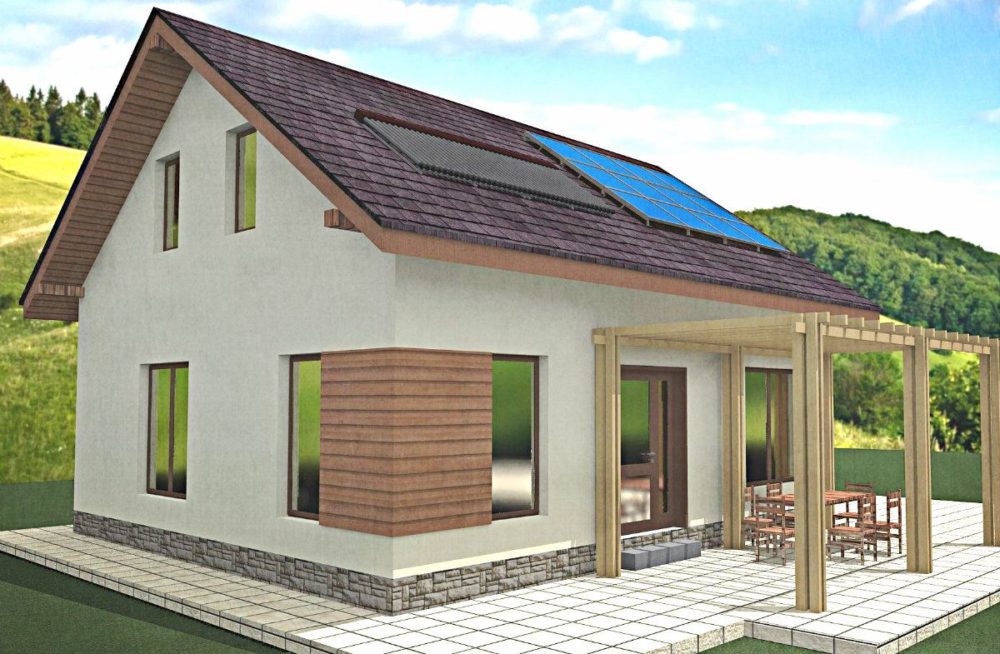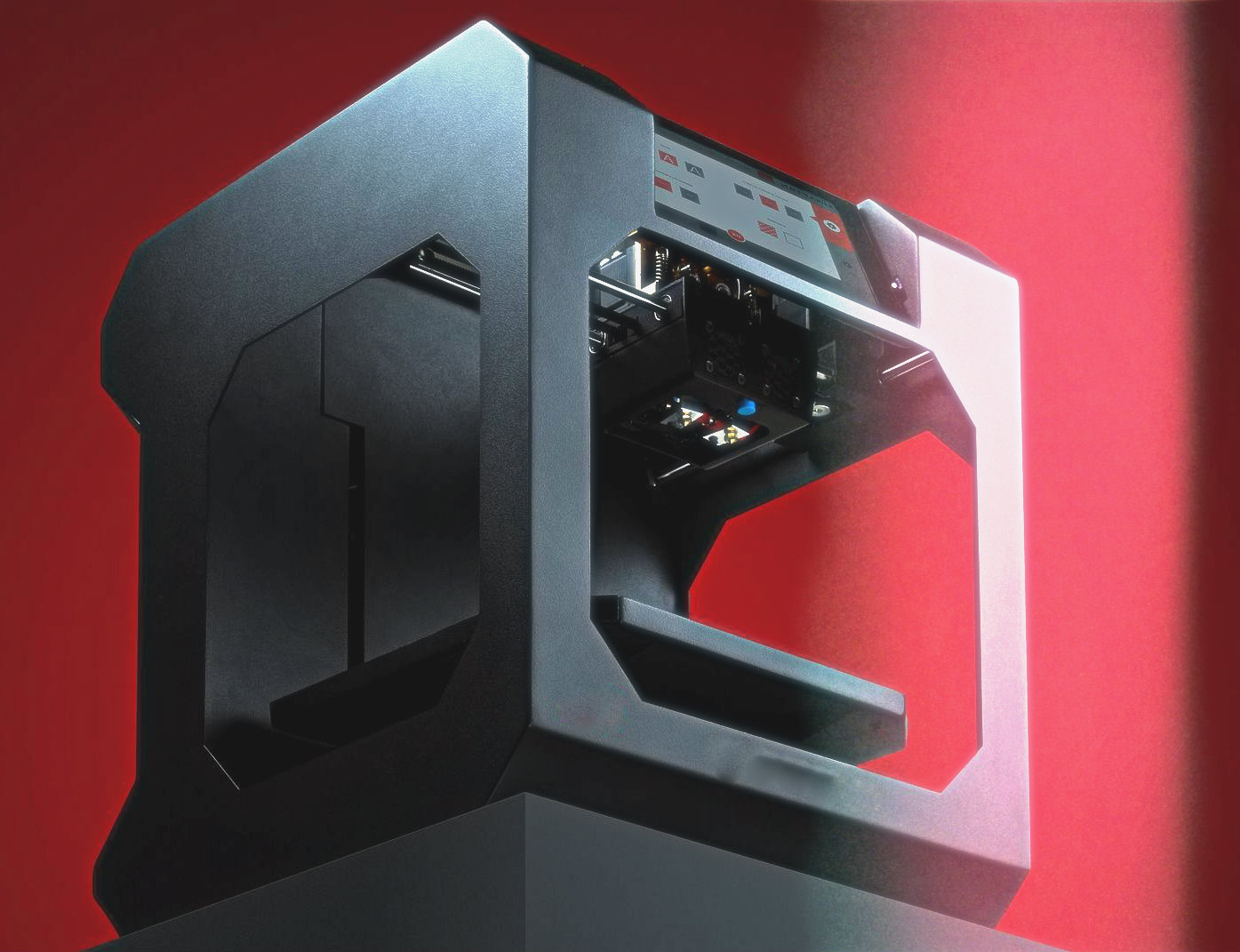3D Scan and Printing for Recreation of Old Paintings
We are all familiar with a number of the more famous paintings. We hear their names and immediately are aware of the artist that created the magic. Many of us have had to sit back and admire these works from a distance as touching these works simply was out of the question. As with many other fields, the world of art is coming into the modern age and thanks to the world of 3D scanning. A new group of people is able to enjoy art like never. These people are able to take a hands-on approach to these works of art, something that in the past was just unheard of. Reasons Why Art Can’t be Touched There are several reasons why the public is not allowed to get up close to the works of art. The main reason is the risk of damage to the painting itself. If people are allowed to walk up and touch these works of art, then there is a damage that is done to the oils used to make the painting. This over …



